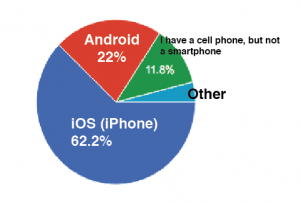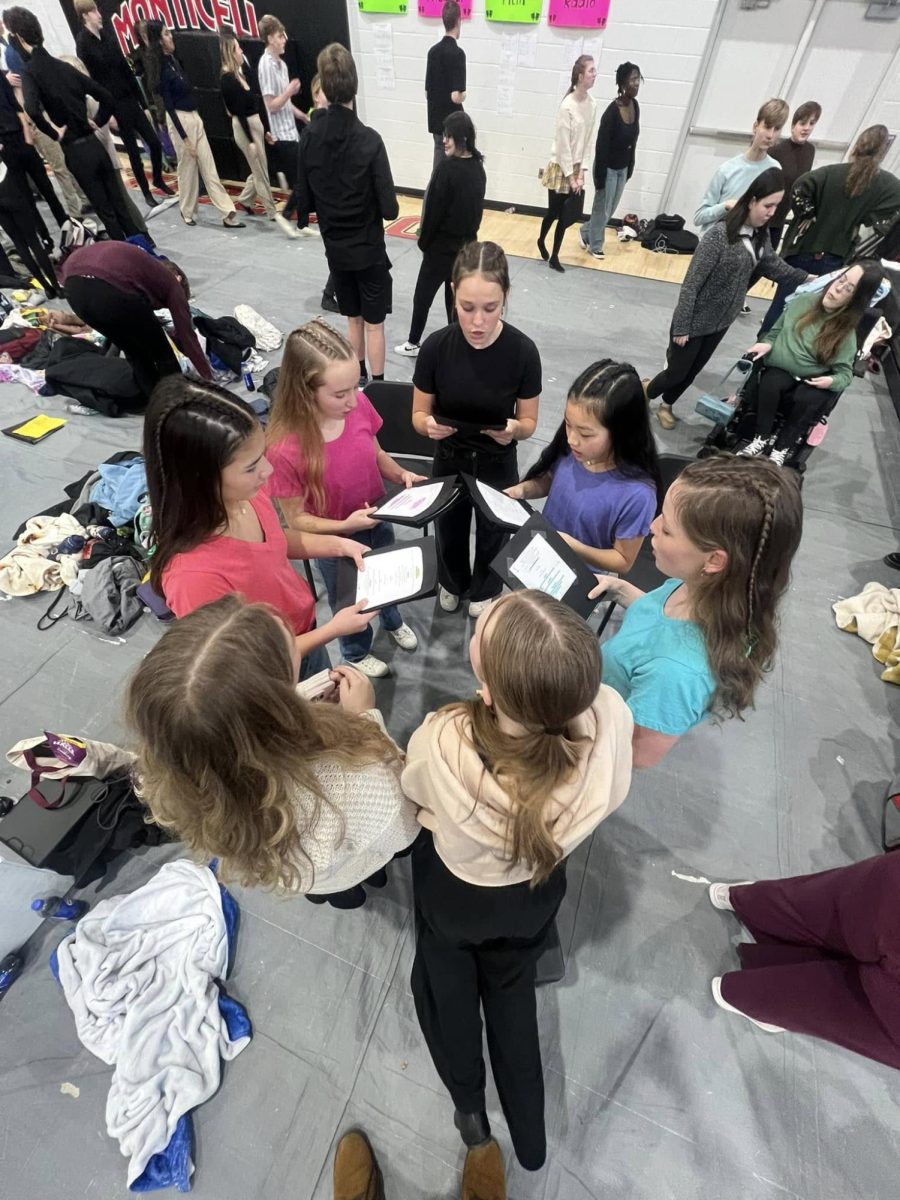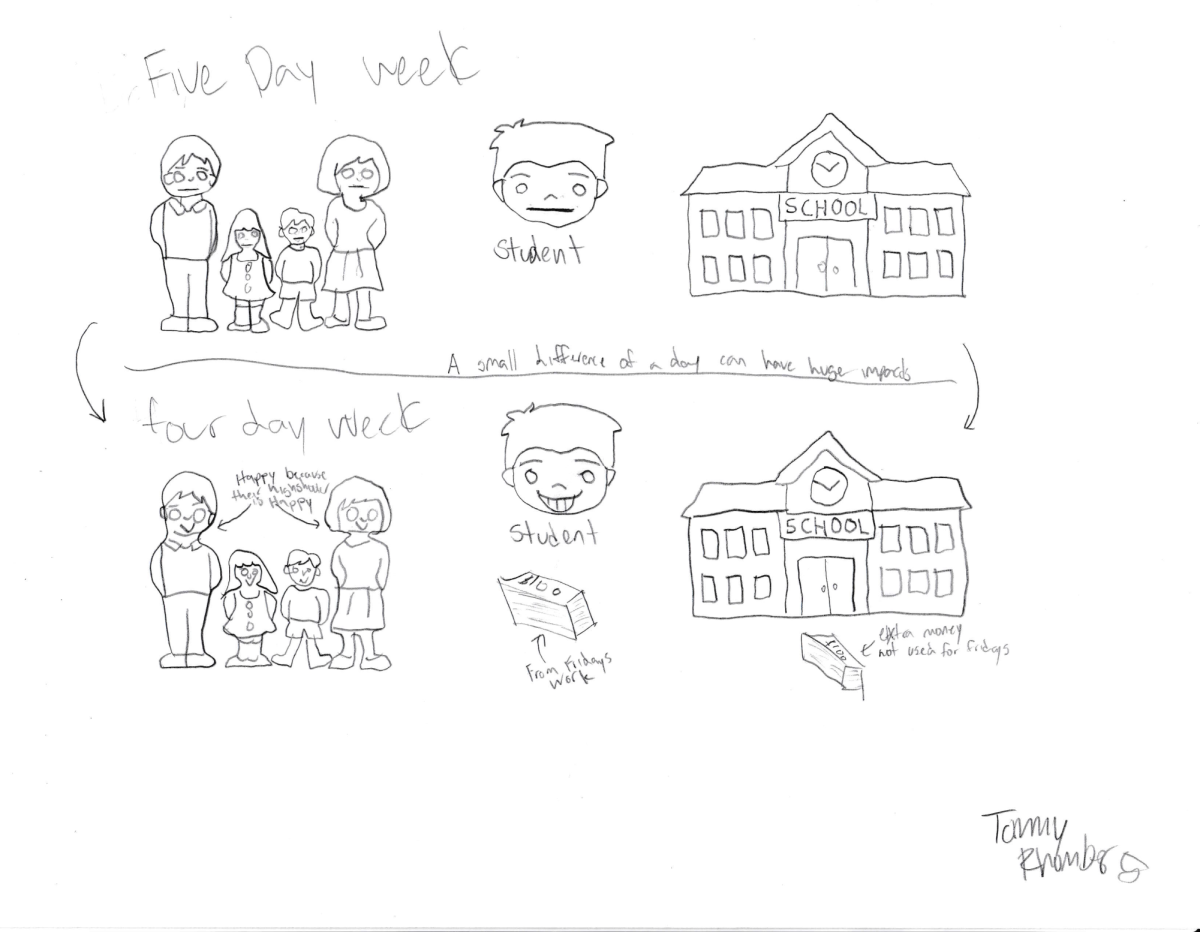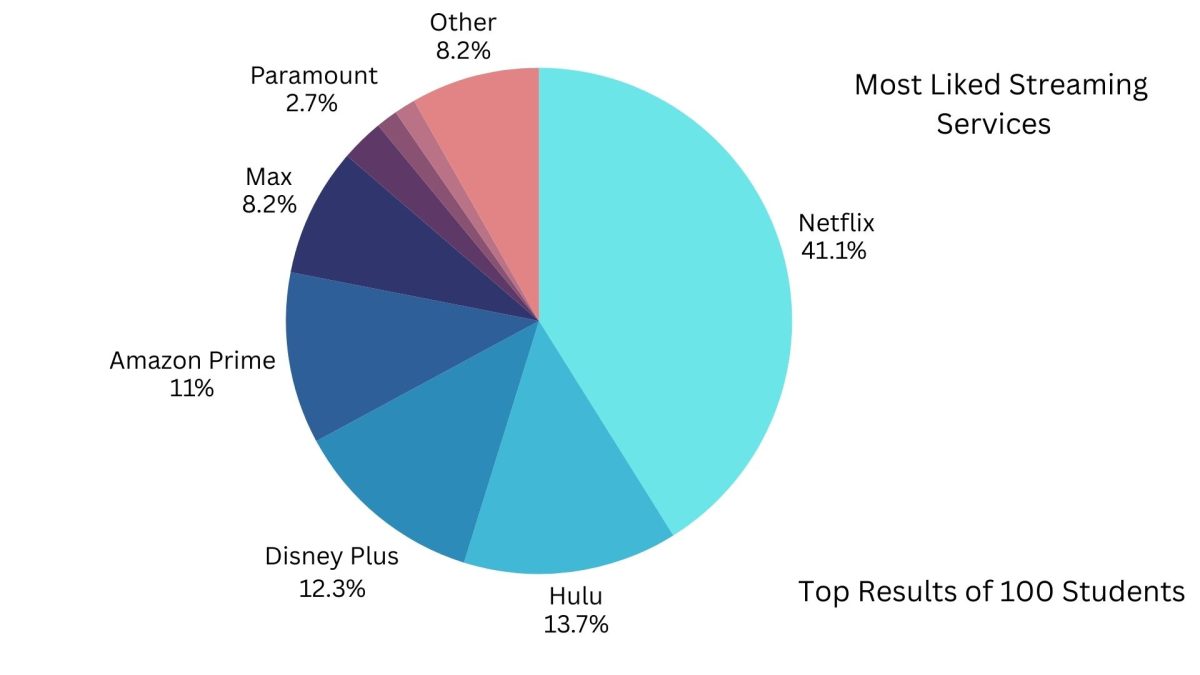
By Ryan Williams
There is a wide variety of technology that a student and teacher would see in use at Mount Vernon High School. Multiple students have their own device that they use to communicate with one another on a daily basis, using multiple different methods to do so. Walking through the halls it could be hard for some to spot which mobile phones are in use the most. It’s safe to say that most everyone in MVHS has a cell phone; however, not everyone in the school has a smartphone. What phones are the most common in MVHS?
A survey was sent out to all students at MVHS. Out of 130 people who replied, about 62 percent had an iPhone. Android took 22 percent of votes. Only 12 percent of people that reported said they had a cell phone that is not a smartphone. The last three percent of votes was for “other smartphone” category, which could be a Blackberry. It was interesting to see that still about 12 percent of the respondents didn’t have a smartphone.
Junior Ethan Wenz, a former iPhone user, said he chose to switch because everyone had an iPhone, and all iPhones look the same. He also said that he wanted the ability to make his phone look how he wanted it to look. This is a popular reason why people choose Android over iPhone, there is a lot more customization with Android. Wenz said he would consider changing back to iPhone in the future, “The main reason I wanted to get an Android was because, at the time, it was the best option available.”
Another Android user, senior Morgan Reilly, said that he chose Android because it was cheaper and does the same thing that he would need a phone to do. Reilly said that he isn’t a fan of the newer iPhones saying, “They got too thin and the screens too big.” He said the only iPhone that he liked was the iPhone 5C.
On the iPhone side junior Kelsey Shady said the main reason she got her iPhone was because those were the phones that most of her friends had.
There are some features that are available on one of the phones but not the other. On Android for example, there are two main features that have yet to appear on iPhones. The app drawer, is where all the apps that have been downloaded on Android appear in, on iPhone, all the apps take up room on the homescreen. The other feature, is widgets. Widgets give the user quick information right on the homescreen. The iPhone has adopted a form of widgets in the notification center, but they aren’t the same as they are on Android.
On iPhone, there is FaceTime built in. FaceTime is a feature that has been available since the iPhone 4S. It allows users to communicate on their iPhone via video chat. Apple doesn’t incorporate many new features into the iPhone, instead Apple takes features from other phones and tries to make them better before they put them into their phones.
What are the differences between iPhone and Android phones anyway? The iPhone was released in 2007 and was the first true touchscreen smartphone. Before the iPhone there was Blackberry phones that came with full keyboards but the iPhone was a game changer. Shortly after the release of the iPhone, Samsung came out with their first touchscreen smartphone, the Galaxy S. For the next six years, the iPhone would dominate the mobile phone market due to their sleek design, and easy to use software.
In April of 2014, that all changed when Samsung released the Galaxy S5, one of their first smartphones that surpassed the iPhone is looks and features, bringing Android phones into the competition with iPhones.
When it comes to software, there are multiple different ways a person can make an Android phone theirs. Android users can change the look of the software all together, the sounds their phones make, even the way the notification lights on the top of the phone light up. On the iPhone side, the only customization users get is the way they have their icons arranged and the background on their home screen. Because of the inability to customize an iPhone as much as an Android, this moves consumers away and too the iPhone. Not having the ability to customize your phone can make some people not want an iPhone, people who don’t want their phone to look like everyone else’s. This also attracts people to the iPhone as well, because the software on the iPhone is very easy to use, making it a great first smartphone for anyone.

















